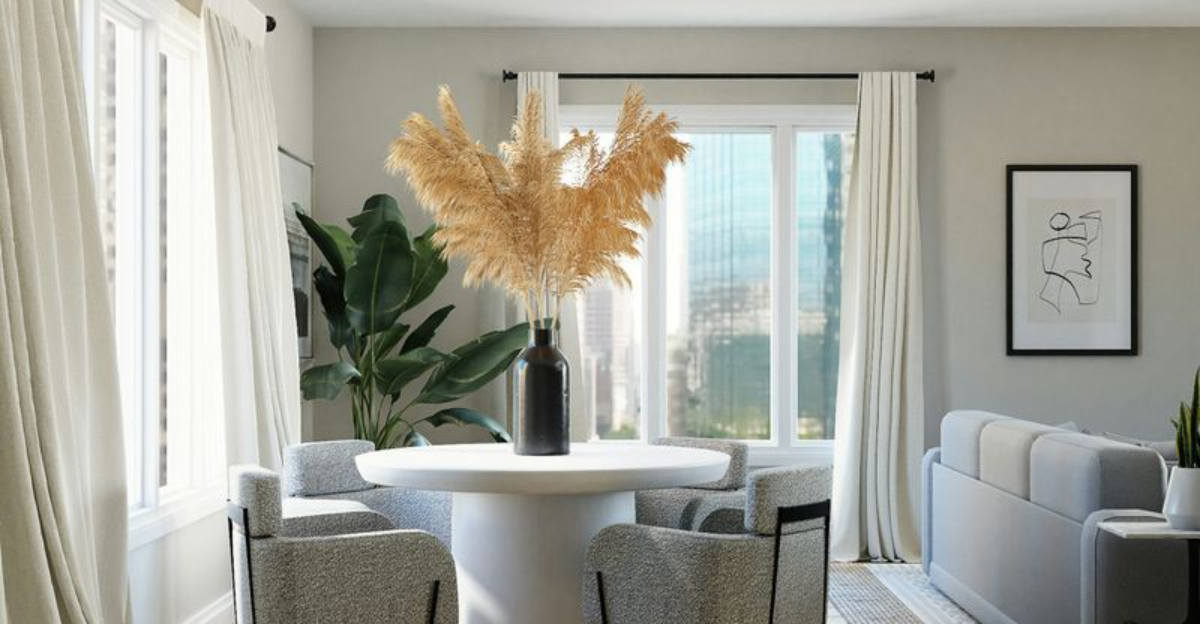Deciding whether to renovate before selling can make your head spin. Many homeowners wonder if knocking down walls or installing fancy fixtures will boost asking prices enough to justify costs.
Real estate pros have seen what works—and what flops spectacularly—when sellers try improving homes before listing.
1. Kitchen Overhauls Rarely Pay Off Fully
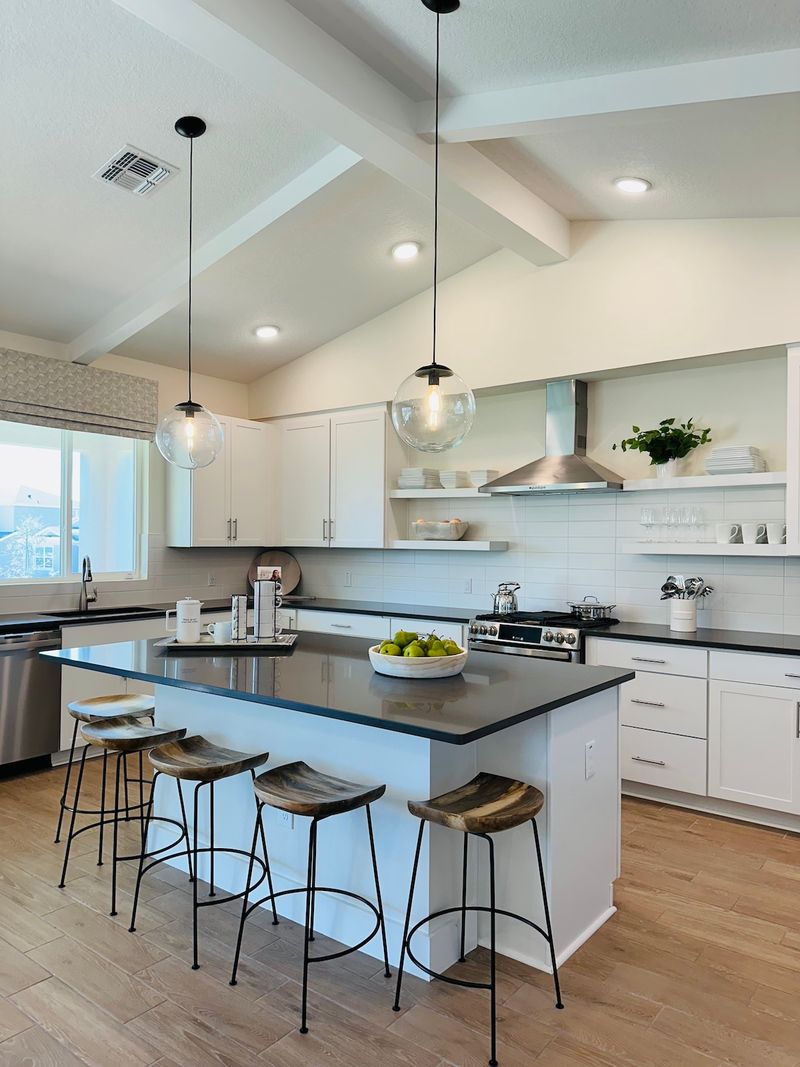
Dropping $40,000 on marble countertops and professional-grade appliances might feel satisfying, but expect disappointment at closing time. Most kitchen renovations recoup only 60-70% of costs.
Buyers appreciate updated kitchens but won’t necessarily pay premium prices for specific brands or materials you chose. Focus on minor refreshes instead—cabinet paint, hardware swaps, and modern lighting offer visual impact without breaking budgets.
2. Dated Bathrooms Can Kill Deals
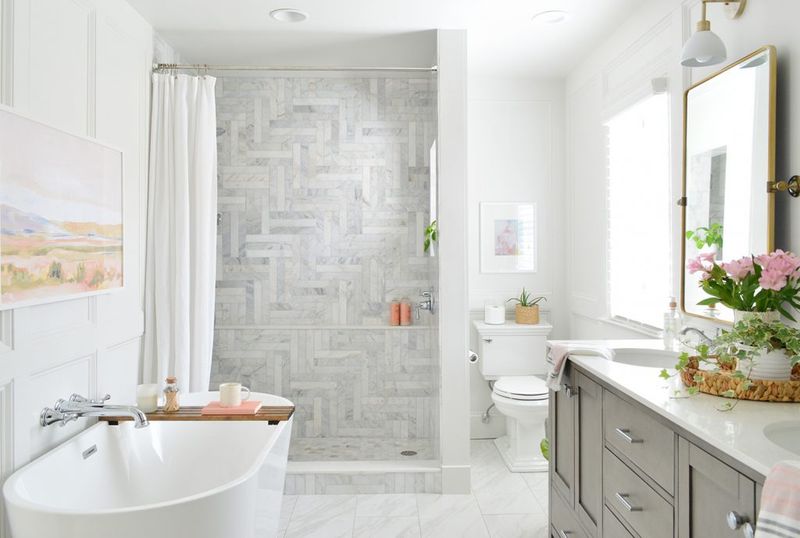
Mildewed caulk, cracked tiles, and fixtures from 1982 send buyers running—or submitting lowball offers. Bathrooms rank among rooms buyers scrutinize most carefully during showings.
Moderate bathroom updates often return 60-80% of investment while significantly reducing time on market. Replace vanities, update lighting, and refresh grout for maximum impact. Just avoid going overboard with rainfall showers and heated floors unless neighborhood comps justify luxury features.
3. Fresh Paint Delivers Bargain ROI
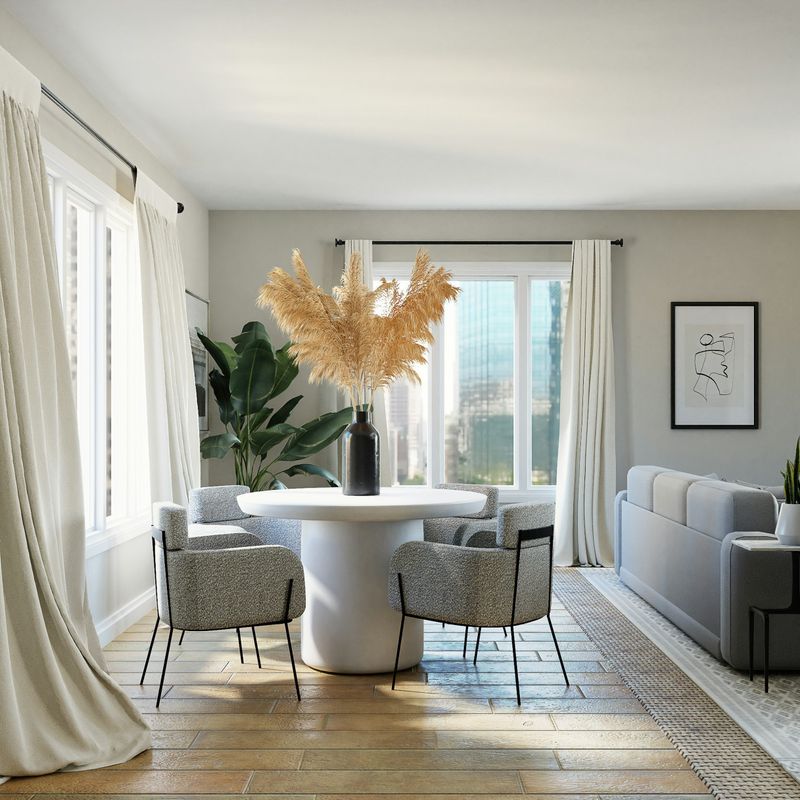
Few upgrades deliver more bang-for-buck than fresh, neutral paint. For roughly $3,000-5,000 (professional interior painting), sellers can transform dingy, personality-specific walls into blank canvases where buyers envision possibilities.
Stick with warm whites, soft grays, or light beiges throughout main living areas. Skip accent walls or bold colors—buyer taste varies wildly. Properly painted rooms photograph better, appear larger, and signal well-maintained property without major expenditure.
4. Structural Issues Trump Cosmetics
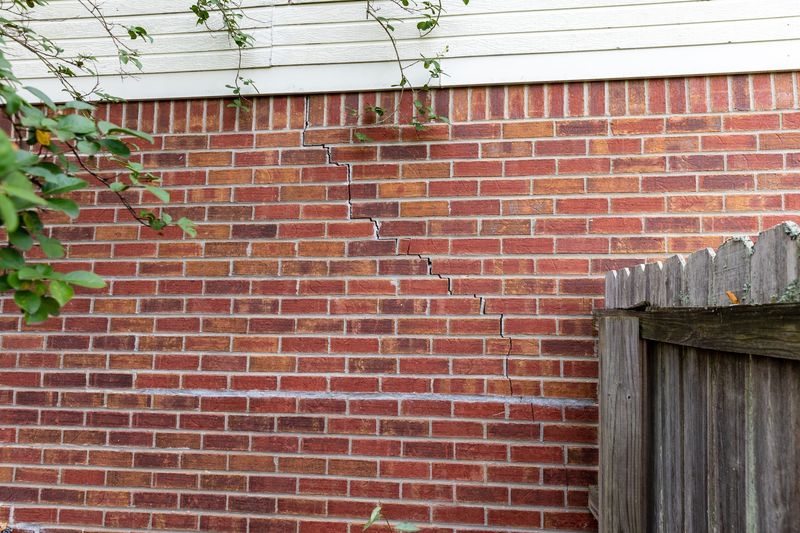
Buyers forgive outdated decor far more readily than foundation cracks or roof problems. Inspections reveal structural issues regardless of cosmetic distractions, typically resulting in renegotiations or canceled contracts.
Address leaky roofs, foundation problems, electrical hazards, and plumbing failures before listing. Spending money hiding problems behind fancy finishes backfires spectacularly during inspections. Smart buyers always bring engineers who look past granite countertops to examine bones of houses.
5. Energy Efficiency Attracts Modern Buyers
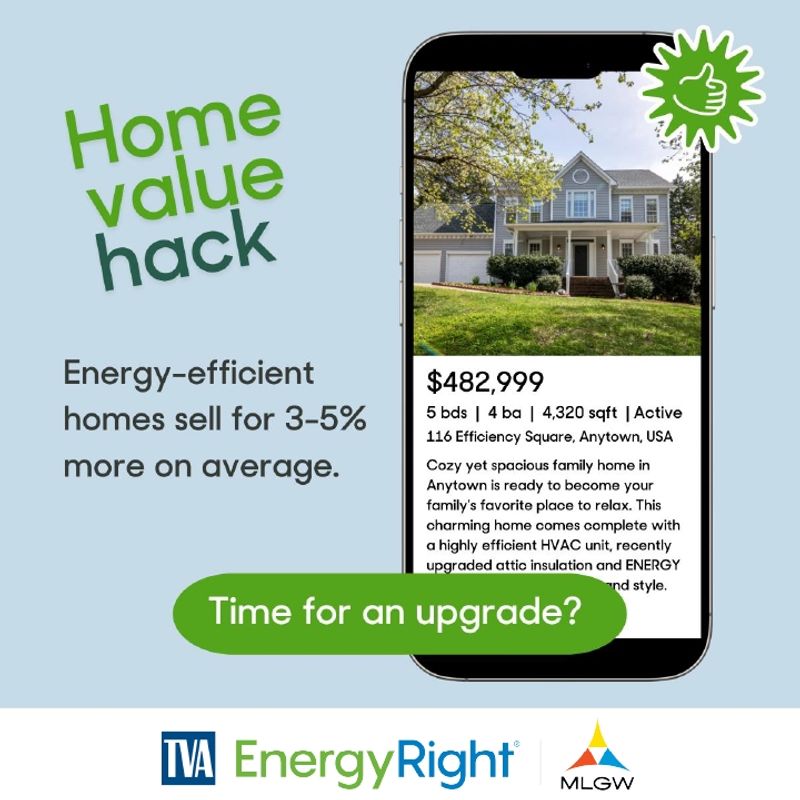
Rising utility costs make energy-efficient features increasingly attractive selling points. New windows, added insulation, programmable thermostats, and ENERGY STAR appliances appeal particularly to millennial and Gen X buyers.
Unlike purely aesthetic upgrades, efficiency improvements offer tangible monthly savings buyers can calculate. Many utility companies provide free energy audits identifying highest-impact improvements. Document all efficiency upgrades with before/after utility bills to demonstrate real value during showings.
6. Flooring Choices Make Massive Impact
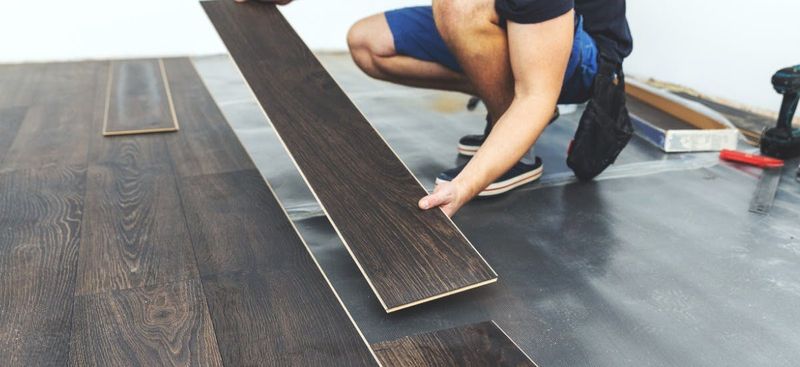
Worn carpet, scratched laminate, or dated tile immediately age properties in buyer eyes. Flooring covers massive visual square footage, making replacement particularly impactful for first impressions.
Hardwood remains king for resale value, particularly in main living areas. Luxury vinyl plank offers water-resistant durability at lower price points. Avoid investing in ultra-high-end flooring—mid-grade options typically return better value while still satisfying buyer expectations for quality and appearance.
7. Trendy Choices Become Tomorrow’s Eyesores

Remember when everyone installed tuscan kitchens with terracotta tiles? Barn doors seemed revolutionary until suddenly appearing in every flip house nationwide. Highly specific design trends date quickly, potentially alienating buyers.
Avoid installing waterfall countertops, extremely bold backsplashes, or ultra-trendy fixtures. Buyers mentally calculate removal costs when seeing design choices contradicting personal taste. Neutral, timeless elements appeal to widest buyer pools while remaining relevant through market cycles.
8. Curb Appeal Investments Trigger Emotional Responses
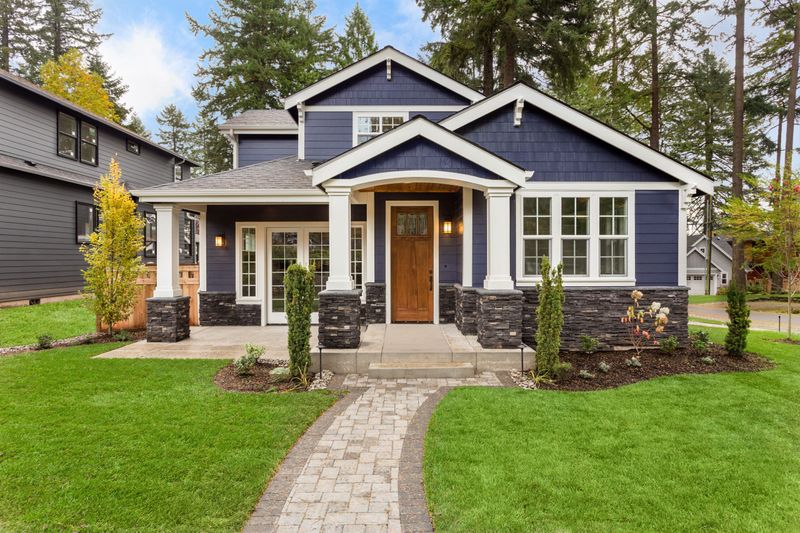
Buyers form judgments within seconds of pulling up. Neglected exteriors signal potential maintenance issues throughout properties, regardless of interior condition.
Fresh mulch, pruned shrubs, power-washed siding, and vibrant front doors create psychological anchors for positive impressions. Exterior improvements generally cost less than interior renovations while yielding substantial emotional impact.
Even basic landscaping refreshes can yield 100%+ returns while dramatically reducing days-on-market.
9. Room Conversions Confuse Buyer Demographics

Converting bedrooms into home offices or eliminating closets for bathroom expansions might suit current owners perfectly. However, such specialized modifications often alienate mainstream buyers seeking standard configurations.
Maintain bedroom counts matching neighborhood expectations. Four-bedroom neighborhoods attract families needing four actual bedrooms. Converting garages into living space particularly backfires in regions with weather extremes.
Keep floor plans aligned with buyer expectations rather than creating hyper-personalized spaces.
10. Deferred Maintenance Signals Bigger Problems
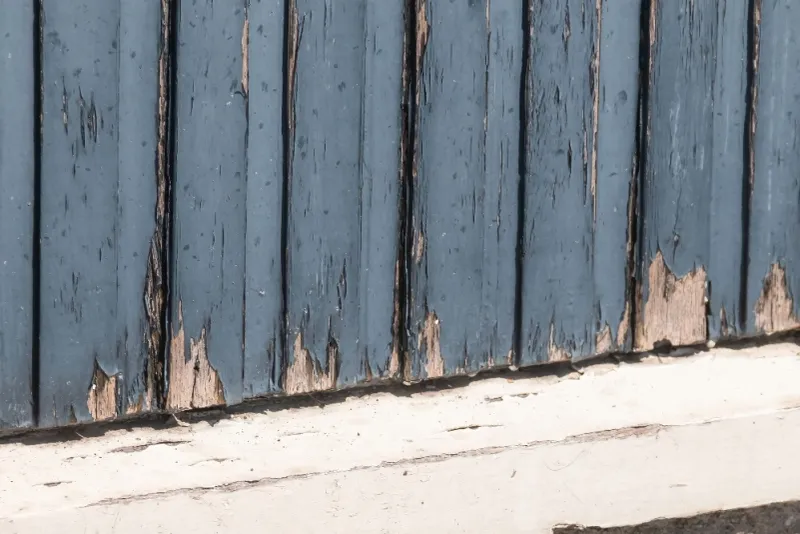
Broken doorbells, leaky faucets, and cracked switch plates create psychological red flags for buyers. Minor maintenance issues suggest larger problems lurking beneath surfaces.
Address maintenance backlogs before tackling purely cosmetic upgrades. Repair sticky doors, replace burnt-out bulbs, fix running toilets. Seemingly small fixes yield outsized psychological benefits during showings.
Maintenance-ready homes inspire confidence while neglected properties trigger discount requests regardless of aesthetic upgrades.
11. Outdoor Living Spaces Expand Perceived Square Footage
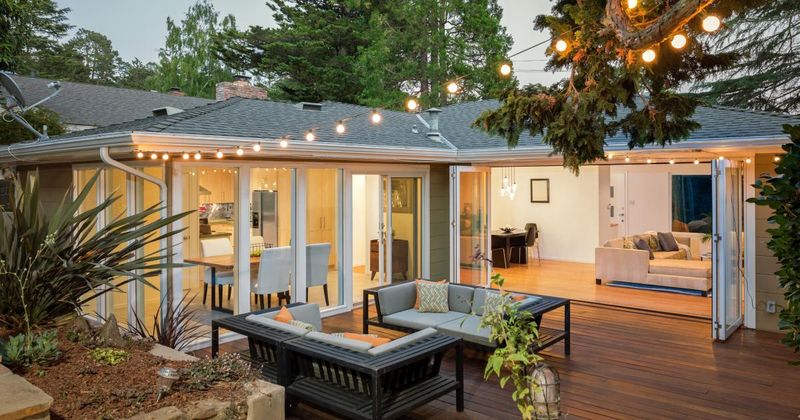
Decks, patios, and usable outdoor areas mentally increase livable space for buyers. Post-pandemic buyers particularly value outdoor entertaining options and private retreats.
Clean existing decks, repair wobbly railings, and stage outdoor furniture to showcase functionality. Creating modest outdoor living zones often returns 50-80% of investment. Skip elaborate outdoor kitchens unless neighborhood comps justify luxury features—simple, usable spaces generally yield better returns.
12. Smart Home Features Appeal To Tech-Savvy Buyers

Programmable thermostats, video doorbells, and smart locks offer relatively inexpensive technological upgrades appealing to younger demographics. Millennial and Gen Z buyers often expect basic connectivity.
Focus on practical, user-friendly systems rather than complex proprietary setups requiring engineering degrees to operate. Avoid overly complicated systems requiring professional programming.
Simple, transferable smart features add perceived value while complex systems potentially create confusion during property transitions.
13. Permit Problems Derail Closings
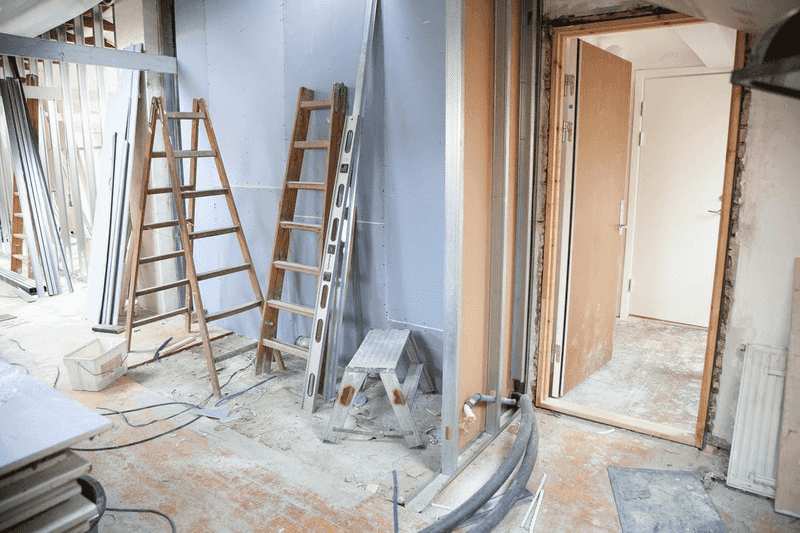
Unpermitted additions, electrical work, or plumbing modifications create massive headaches during sales processes. Buyers’ lenders often refuse financing properties with permit issues, regardless of workmanship quality.
Verify all major renovations comply with local building codes before listing. Obtain retroactive permits where possible for unpermitted work. Disclose honestly when permits cannot be obtained retroactively.
Permitted improvements create confidence while unpermitted work generates inspection anxiety and financing complications.
14. Lighting Transforms Perception Inexpensively

Dated light fixtures, insufficient illumination, and harsh fluorescents dramatically age properties. Modern lighting packages create instant contemporary feel without major construction.
Replace builder-grade fixtures in entryways, dining areas, and bathrooms for maximum impact. Add recessed lighting where appropriate. Ensure consistent color temperatures throughout—mixed warm/cool bulbs create jarring transitions between spaces.
Few upgrades deliver more dramatic visual transformation for relatively modest investment.
15. Garage Improvements Offer Surprising ROI
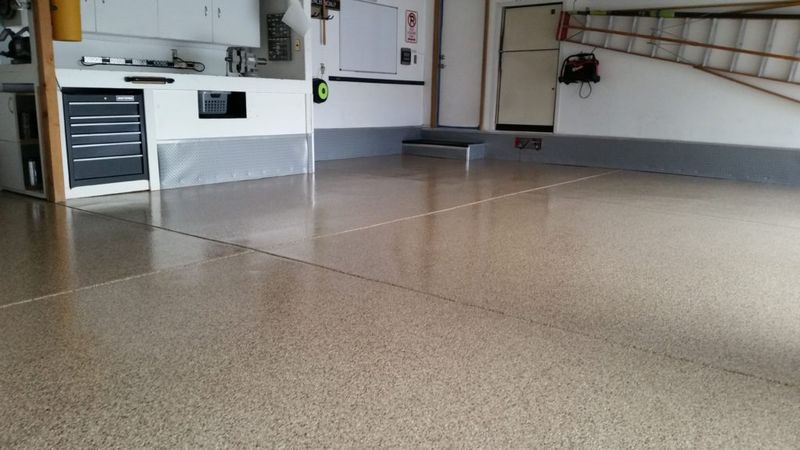
Overlooked garages often become selling points with minimal investment. Epoxy floors, organized storage systems, and fresh paint transform cluttered catch-alls into functional assets.
Buyers increasingly view garages as extensions of living space rather than mere car storage. Clean, organized garages signal overall property maintenance. Particularly effective in regions where indoor-outdoor transitions matter (snowy climates) or where hobbies requiring workspace prove popular.
16. Neighborhood Comps Cap Return Potential

Upgrading beyond neighborhood standards creates appreciation ceilings. Million-dollar renovations in $300,000 neighborhoods rarely return investments regardless of quality or taste.
Research recent comparable sales before planning major upgrades. Avoid becoming most expensive listing in average neighborhoods. Target improvements bringing properties up to—not drastically beyond—neighborhood standards.
Strategic upgrades matching local expectations yield better returns than creating outlier properties.

